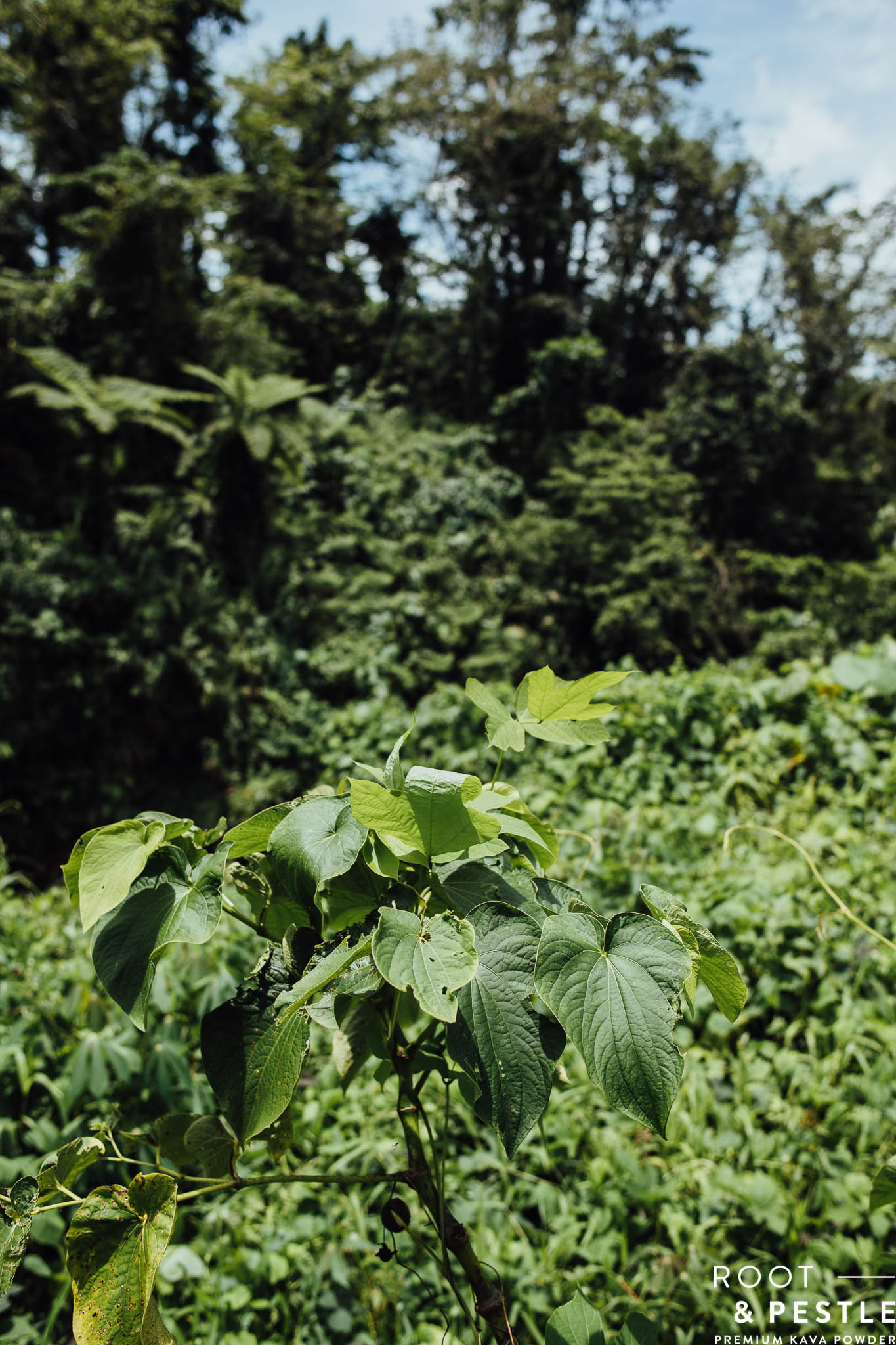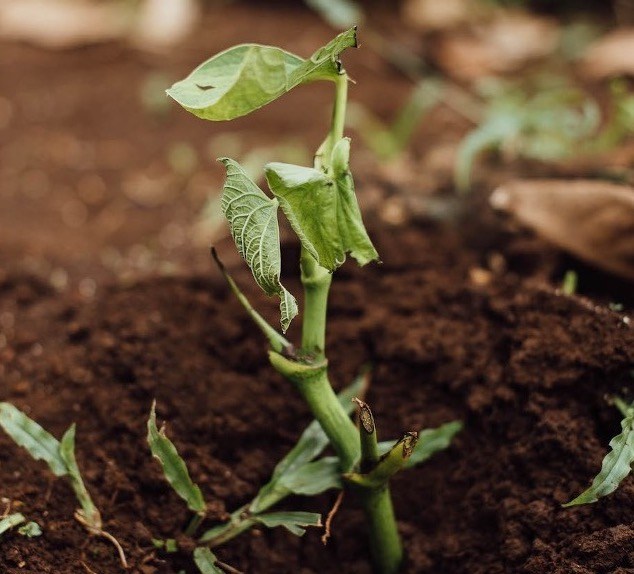Not only has kava been vital to South Pacific peoples’ culture, heritage, and traditions for millennia, but the reverse is true too – South Pacific peoples have been vital to the origin of kava as we know it, and the proliferation of kava; Kava is sterile.
Unlike many other plants, kava can only be grown by cloning – that is, humans select an appropriate stalk, cut it off at a suitable spot between nodes, plant it carefully in the right kind of soil, make sure it gets the right amount of sunshine and water, carefully keep weeds and pests away, and eventually the cutting grows, with the single stalk becoming a whole new plant with its own brilliant bundle of kava roots. Interestingly, even though kava plants are sterile and do not reproduce sexually via flowers, like other flowering plants do, they do indeed still flower.
If you trekked through the luscious jungles of Vanuatu’s 80 or so isles, you might assume that Vanuatu kava grows as easily as birds fly, and that may seem to be true in this idyllic tropical paradise, where kava’s growth suits the climate and conditions of the landscape to a tee, but the factors required for a bountiful harvest are many, and most have fairly narrow margins.
Read the full article here.




